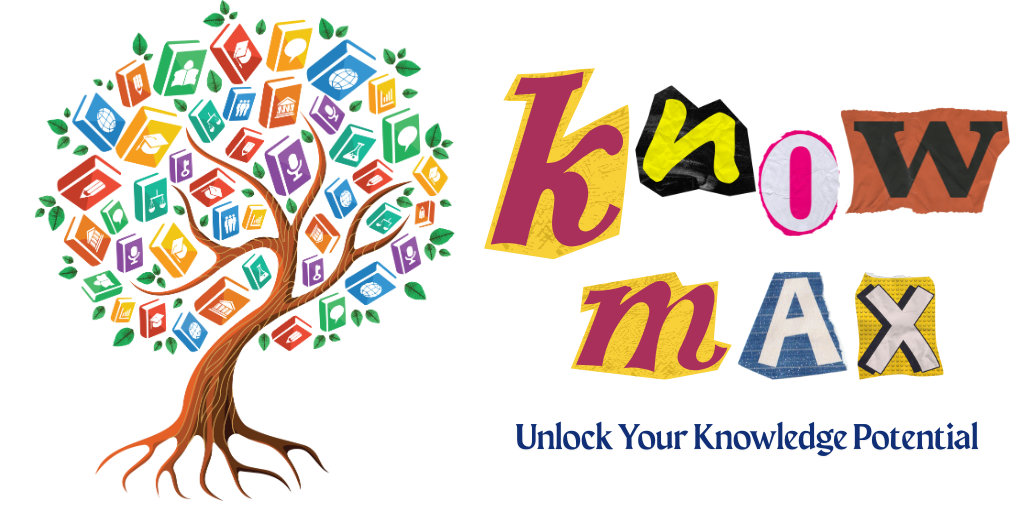The recent introduction of a verification system by a popular social media platform has sparked a wave of inquiries from its users. Questions range from the criteria for user selection to the involvement of external organizations and the future of self-verification processes. This article aims to shed light on these pressing concerns.
Understanding the Verification System
Following a recent leak, the platform officially unveiled its verification system, aimed at confirming the identities of notable individuals on the network. This new approach, while reminiscent of previous verification methods used by other platforms, emphasizes a decentralized model, allowing various entities to independently verify users.
Clarifying the Role of Trusted Verifiers
In a blog post, the platform outlined the verification process but left many questions unanswered, particularly regarding which external organizations are authorized to verify users. The term “Trusted Verifiers” refers to those entities granted the ability to issue verification badges, with only a few examples provided, such as a prominent news organization.
Concerns About Transparency
There remains uncertainty about the selection process for these Trusted Verifiers and whether additional organizations will be included in the future. This lack of clarity has led to speculation about the verification rollout, as users are eager to see practical examples of how this decentralized verification will function.
Initial Rollout and User Reactions
As the verification system was announced, many users anticipated a swift implementation of blue checks across the platform. However, the rollout has been gradual, with some well-known news organizations receiving verification while others have not. This discrepancy has raised questions about the criteria used for verification.
Domain Verification as an Alternative
Prior to the launch of the new verification system, the platform allowed users to verify their identities through domain associations. This method has been widely adopted, with over 270,000 accounts utilizing it. The platform has confirmed that this domain verification will continue to be an essential aspect of identity confirmation.
Future of Unofficial Verification
Some users have taken it upon themselves to create unofficial verification systems, labeling various accounts based on their credibility. While these initiatives have not been officially recognized, they highlight the community’s desire for reliable verification methods.
Addressing Ethical Concerns
With the introduction of Trusted Verifiers, questions arise about the potential for misuse of this privilege. The platform has acknowledged the need for oversight, stating that it can intervene if a Trusted Verifier acts unethically.
Design Choices and User Expectations
Finally, the design of the verification badge has also been a topic of discussion. Users have questioned the choice of a traditional checkmark, suggesting that a unique symbol might better represent the platform’s identity. The decision appears to be based on the recognition and understanding associated with the checkmark symbol.
In conclusion, while the new verification system aims to enhance authenticity on the platform, many questions remain unanswered. As the rollout progresses, users will be keenly observing how the verification process evolves and what it means for their experience on the platform.
